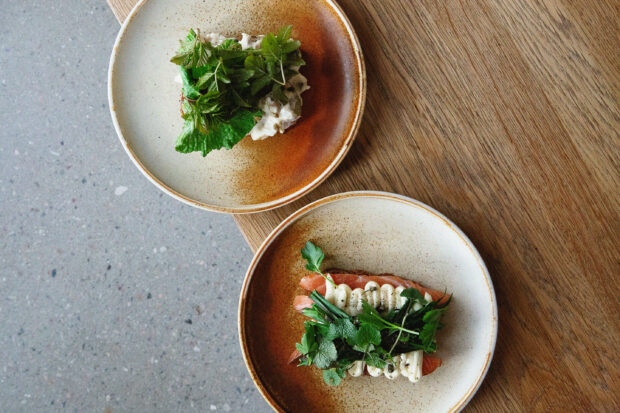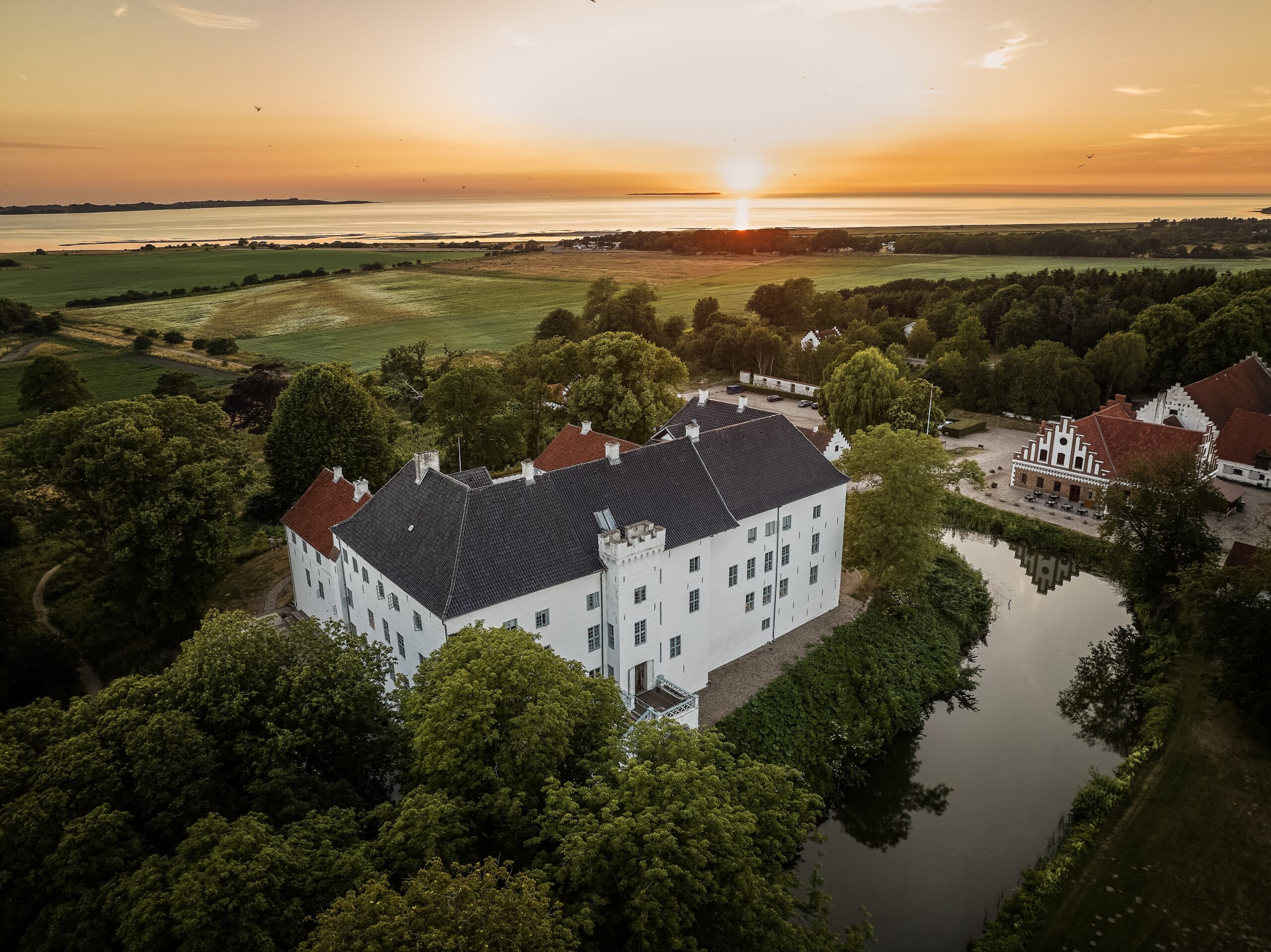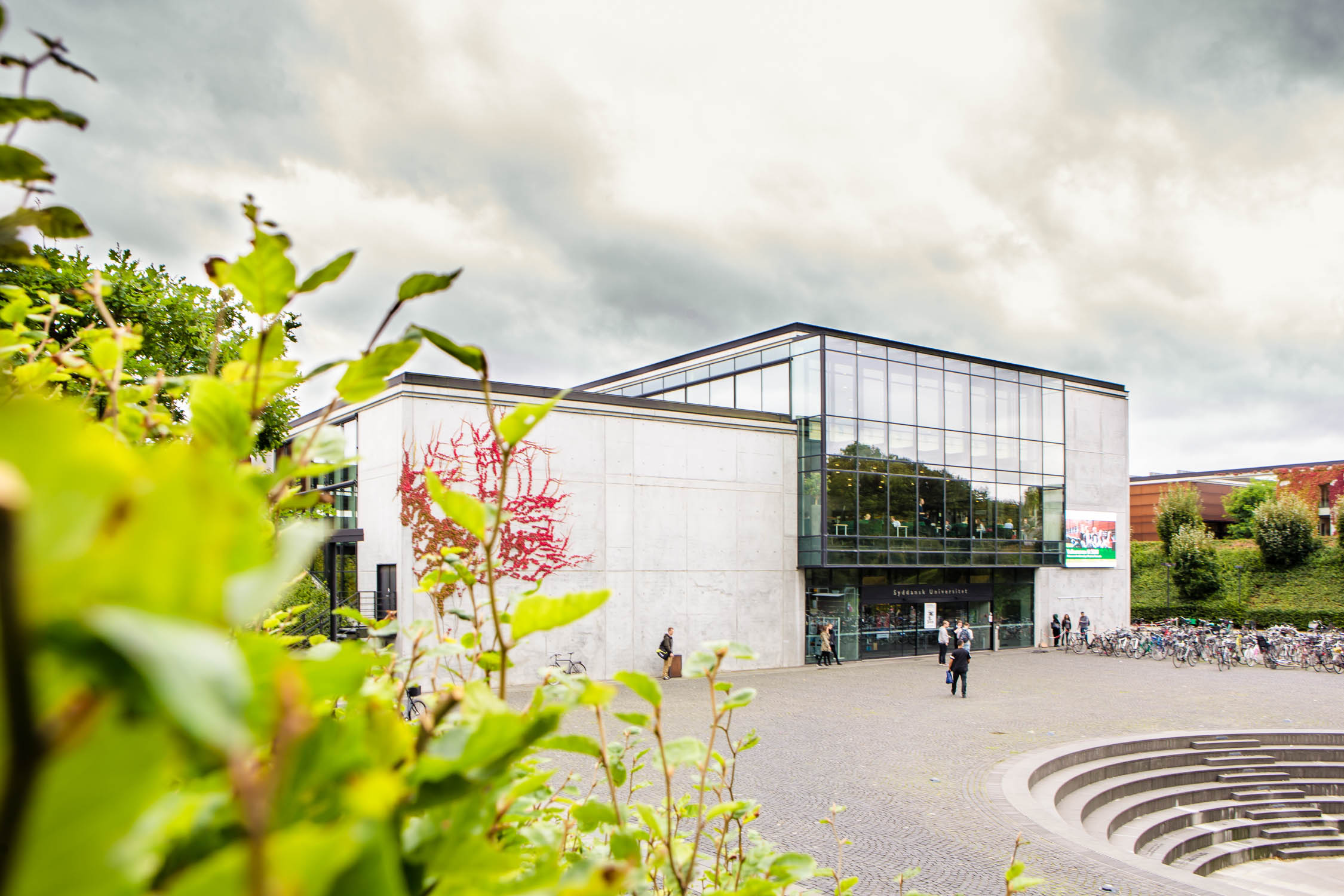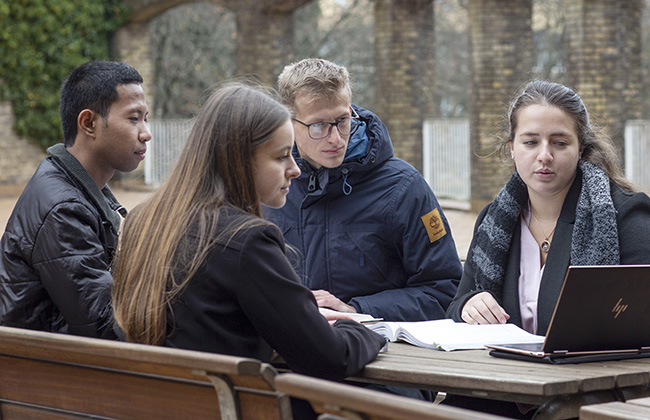The Danish region of Odsherred has always been known for its natural beauty.
Situated on the coast of Zealand, Odsherred’s rolling inland hills are dotted with forests. At its northernmost point, it tapers into a long finger of land that juts into the Kattegat strait.
The area offers the perfect opportunity for nature-lovers of all kinds, whether one prefers water or land.
The area is rich in Bronze-age archaeological sites and unique geographical features that transport visitors back to the ice-age, when the awesome might of giant glaciers shaped the landscape.
Copenhageners and other city-dwellers have been aware of the natural beauty of Denmark’s first UNESCO geopark since the start of the last century. In the summertime, the 365-square-kilometre Geopark Odsherred is a top destination for Danes seeking wild and immersive nature holidays.
But Odsherred is not only defined by its breathtaking nature.
Get your free guide to Odsherred here

In the last couple of decades, it has become a hotspot for food, drink and farm produce. Countless artisans in Odsherred work closely with the land, growing and making products that exhibit the best of the region.
Where the villages were once sleepy hamlets, many new shops are selling wine, honey and vegetables produced in the surrounding fields. Now, visitors can not only cook their evening meal with carrots, beetroots and potatoes grown in their backyard, but also experience tastes and textures that one won’t find outside of Odsherred.
The exquisite flavour of the fruit and vegetables in the region is largely due to the superior-quality soil used for farming. This soil not only benefits the plants, but also the ecologically-raised livestock. Animals here lead natural lives roaming on open, grassy fields.

Get your free guide to Odsherred here
Beyond Odsherred’s fields, forests, and waterways lie its picturesque towns.
In the northern part of the region, the largest town Nykøbing Sjælland is home to fine dining, several museums and a theatre – so it’s entirely possible to have a night on the town after spending the day out in nature.
Other local towns of Sjællands Odde, Ordrup and Rørvig are also charming spots to soak up some culture, shopping, and a little urban luxury.
Odsherred Geopark’s investment in the cultural side of the region has fostered an exciting atmosphere of modernity where new artistic endeavours and expressions intertwine with tradition and history.
Its thriving array of cultural institutions, artists’ studios and galleries are well worth discovering, and visitors often return home with a vase, painting or sculpture made by one of the many local artists.
For those interested in history, Odsherred is particularly enriching.
The region is home to a vast number of preserved Bronze and Stone Age sites, which bring vibrantly to life the traces of ancient societies.
Some of Denmark’s biggest archaeological treasures were found here. ‘The Sun Chariot’, for example, is a beautiful example of Bronze Age religious art that is now on permanent display in the National Museum of Denmark.
Elsewhere, the landscape is littered with castles, ruins and old stone-mounts, offering ample opportunity to roam and dive into the history of the region.
What’s more, most sites are free to visit, meaning it’s simple to plan a flexible and easygoing trip.













